ガジェット
Chip Shortage – Semiconductors during the pandemic
Peter Kudry
State of the world in early 2020
After the global hit of COVID-19 in the first quarter of 2020, several industries have been flooded with extremely high demand that could not be fulfilled. At first, it was mostly manufacturing of medical supplies varying from intensive care beds and ventilators to simple face masks and basic personal protection. The medical workers have been affected by this shortage the most, but even general public has seen increase in prices of hand sanitizer and masks. At some point, even total stock depletion of these products. The longer the pandemic continued, the more shortages we encountered. After the initial instalments of lockdowns, certain necessities, i.e. toilet paper, has also disappeared from the shelves in many stores.
Some of these shortages were lightened by placing restrictions on the amount of products one can buy at once as well as help from local businesses that had the ability to produce substitutes. In Canada for example, Linus Media Group, a company behind Linus Tech Tips YouTube channel, has utilized their army of 3D printers to extrude face shields that were scarce at the time.
Shortages similar to the above have spread to almost the entirety of world’s industries. Mainly due to the lockdowns, social distancing and other restrictions, many factories started closing down temporarily. Such closures were also fuelled by crippled distribution around the world which led to cancellation of orders from distributors.
Poor comeback
Once the world passed the initial phase of restructuring how it operates under these new circumstances, the demand for products skyrocketed even higher. Especially the ones that allow us to communicate remotely, do business remotely, acquire education remotely and stay entertained – computers. Whether it being a laptop, smartphone, desktop computer or a smart TV. In the fourth quarter of 2020, sales of personal computers alone have increased by 26.1% compared to those from the previous year. Considering that semiconductor manufacturers have been receiving order cancellations from automotive manufacturing giants, therefore halting production, this sudden spike in demand for consumer electronics as well as vehicles has contributed to the current chip shortage.
One example of chip shortage in automotive industry is when Ford Motor Company used Kentucky Speedway to park thousands of unfinished vehicles due to the unavailability of chips that were meant to be used in them.
Furthermore, due to cloud computing also seeing an increase in usage, services such as AWS and Microsoft Azure, among others, were forced to alter their infrastructure to accommodate for increased traffic. However, this case is not limited only to cloud computing. Other services, mainly Internet Service Providers were also forced to upgrade. Adding to the case, recent rollout of 5G network at the time did not lighten the great impact on already unfulfillable chip demand.
Companies are not the only one to blame
Cryptocurrency mining has gained a lot of popularity during the recent years and the never-stopping increase in performance of GPUs produced by AMD, as well as Nvidia creates a surge in demand for new graphics card as soon as a new one is released. Even though many, if not most of the graphics cards are targetted towards the gaming and content creation communities alike, cryptocurrency miners use these as well. The difference is that a single person who uses their computer for gaming usually requires 1 GPU per system – as the advantages of SLi systems are almost non-existent nowadays – a crypto mining farm might have a need for tens if not hundreds of GPUs.
This means that the targetted marked of gamers is hit the hardest by the supply being seized by those who the product is not originally meant for. The situation in early 2021 got so severe that Nvidia introduced Cryptocurrency Mining Processor, or CMP in short, which technically speaking, is just rebranded RTX 3060 with certain limitations in place. Nvidia tried to push the CMP to miners by launching the GeForce variant of RTX 3060 with vBIOS that prevents one from using the card for mining.
This effort was not well received in the world as such limitation is easily by-passable. Additionally, the mining blockage was only applicable to Ethereum where it limits the hash rate by about 50%. And wasted effort it was, after the release of the “locked” 3060, the vBIOS was cracked within the first few weeks after the launch. What is more, certain developer versions of the graphics drivers were reported to bypass this limiter and allowed the card to run at full potential without any hardware, nor BIOS modification.
Human greed made it even worse
The year of 2021 was marked by releases of fastest consumer CPUs and GPUs the world has ever seen. New generation of AMD Ryzen CPUs, RTX series GPUs from Nvidia, RX series graphics cards from AMD and many others in the professional segment. But after each release, almost every product was out of stock on major e-shops. GPUs and CPUs were outsold on Amazon and Newegg almost immediately as many miners and scalpers used bots to flood these websites with orders immediately after a product became available.
When we mention scalpers, we use this term for people who buy a product that is experiencing a shortage with the sole purpose of re-selling it with usually ridiculous mark-up. This mostly happened to graphics cards but also to gaming consoles. When PlayStation 5 was released, it was almost impossible to acquire one without paying double, or sometimes even triple the MSRP on eBay as they were not available in regular stores.
Back alley deals with electronics became a reality and suddenly the forgotten graphics card from 5 years ago had value. Companies saw this trend and even started re-releasing cards with older chips. Such example is a Japanese company Kuroutoshikou. They released GTX 1050Ti in mid-March 2021, almost 4 and a half years after the chips original release. Furthermore, the founder’s edition’s MSRP in 2016 was 140 USD, while the variant from Kuroutoshikou, at the time of writing, averages on amazon at 210 USD. For a 5 years old chip!
Even nature itself contributed to the shortage
At the beginning of summer 2021, Taiwan, home to TSMC (Taiwan Semi Conductor Manufacturing Co.) – the largest contract manufacturer of semiconductors-, has experienced one of the toughest droughts within the last 60 years. Water is an essential commodity in semiconductor manufacturing as it is used for machinery cooling as well as for chip rinsing and silicon wafer cleaning. TSMC uses as much as 156,000 tons of water per day to produce its chips and the lack of it slows down production and therefore directly contributes to the chip shortage in the world.
Conclusion
The COVID-19 pandemic has negatively impacted several industries, private lives, and the way we work and communicate. Such drastic changes in a very short time created factors that directly contributed to the current situation of chip shortage we are experiencing. The industries that were affected the most are automotive production, as well as manufacturing of consumer electronics. Poor planning and incorrect predictions from companies, as well as cryptominers, human greed and even mother nature are the main causes for this situation which is expected to last until mid-2022. Only then, the supply is expected to catch up with the demand.
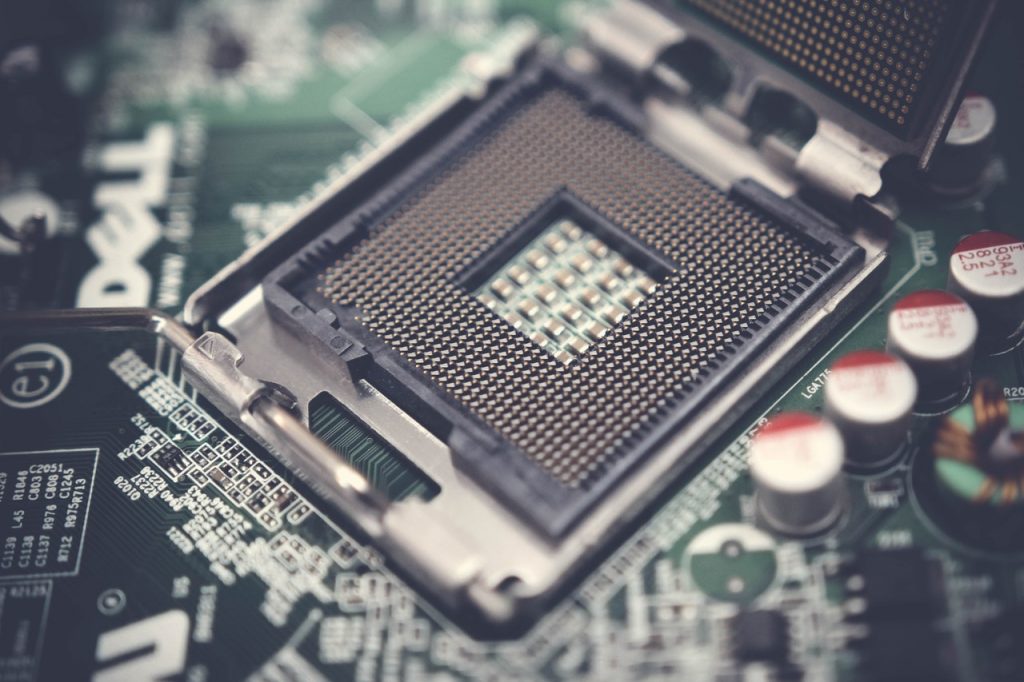
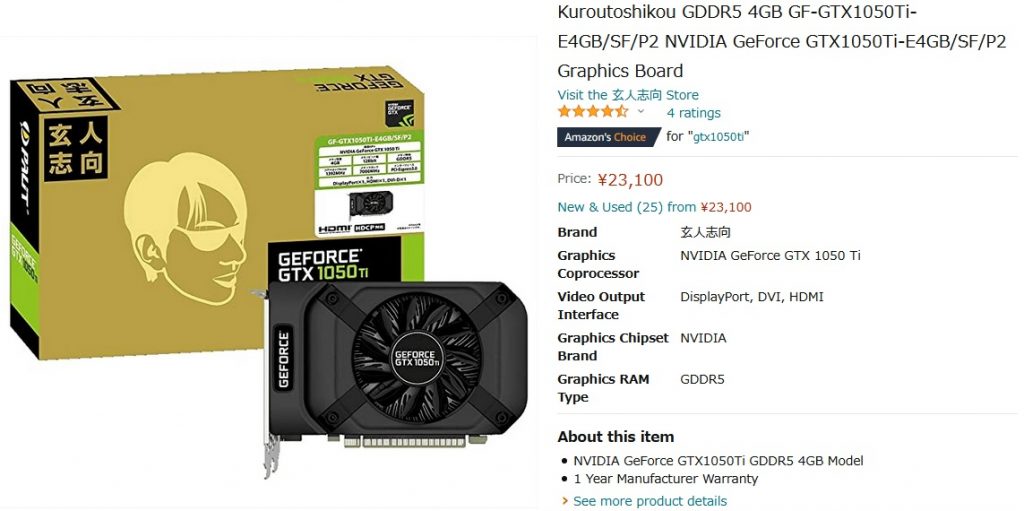
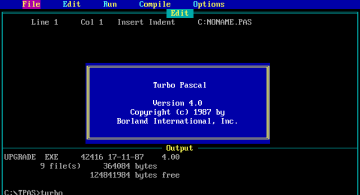 2022/10/07
2022/10/07 2021/12/10
2021/12/10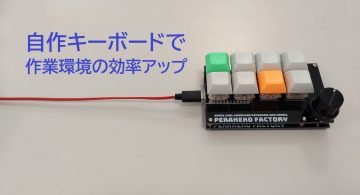 2021/06/18
2021/06/18 2020/09/25
2020/09/25 2020/04/03
2020/04/03 2018/03/29
2018/03/29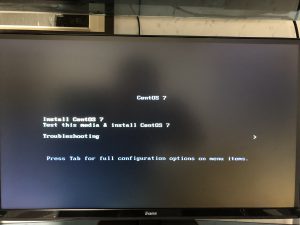 2018/03/08
2018/03/08